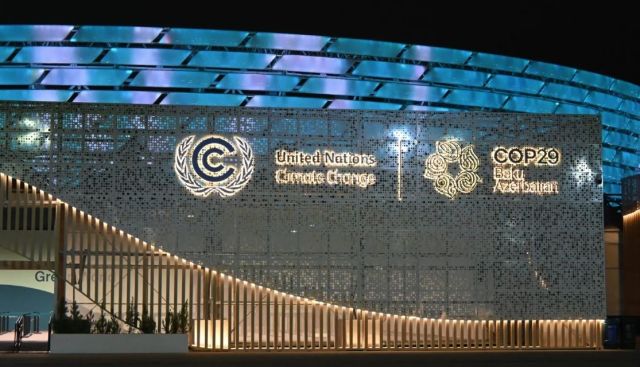REMEMBER, REMEMBER THE FIFTH OF NOVEMBER: A HOLIDAY AMERICANS FORGOT
Melissa and Aaron ALWAYS present a sane, well researched perspective...
Which is always worth a listen!
Just so that you know....
EVERY HISTORICAL "ATTACK" YOU HAVE EVER HEARD OF WAS IN REALITY.....
A
#FalseFlag event, being used to steer the SHEEPLE in whichever direction the
#Parasite Class wanted them to go!
I'm talking about them ALL!
Forget the
#USSLiberty and #911!
What about "Pearl Harbor"?
You SHOULD be aware that SANE military men do NOT park their entire PACIFIC FLEET in one place during a "world war"
But that is EXACTLY what they did.....
Because it was just another in an endless stream of FALSE FLAGS!
Used to steer the sheeple wherever the Luciferian scum wants them steered!
https://old.bitchute.com/video/n04SH7x-N-8/REMEMBER, REMEMBER THE FIFTH OF NOVEMBER: A HOLIDAY AMERICANS FORGOT
Melissa and Aaron ALWAYS present a sane, well researched perspective...
Which is always worth a listen!
Just so that you know....
EVERY HISTORICAL "ATTACK" YOU HAVE EVER HEARD OF WAS IN REALITY.....
A #FalseFlag event, being used to steer the SHEEPLE in whichever direction the #Parasite Class wanted them to go!
I'm talking about them ALL!
Forget the #USSLiberty and #911!
What about "Pearl Harbor"?
You SHOULD be aware that SANE military men do NOT park their entire PACIFIC FLEET in one place during a "world war"
But that is EXACTLY what they did.....
Because it was just another in an endless stream of FALSE FLAGS!
Used to steer the sheeple wherever the Luciferian scum wants them steered!
https://old.bitchute.com/video/n04SH7x-N-8/









